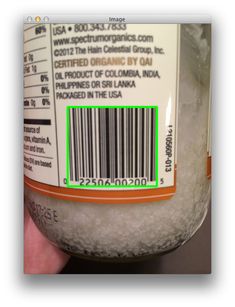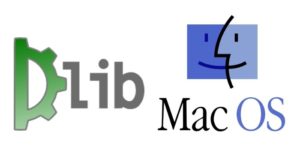

- BREW INSTALL OPENCV PYTHON2.7 HOW TO
- BREW INSTALL OPENCV PYTHON2.7 DOWNLOAD
- BREW INSTALL OPENCV PYTHON2.7 WINDOWS
libdc1394 to grab images from firewire cameras. lapack and eigen to benefit from optimized mathematical capabilities. libX11 to be able to open a window to display images. OpenCV to get advanced image processing and computer vision features coming with ViSP. We recommend to install the following 3rd parties: BREW INSTALL OPENCV PYTHON2.7 HOW TO
Later, if you realize that a third-party library is missing, you can still install it, go back to the build folder, configure ViSP with CMake to detect the newly installed third-party library and build ViSP again as explained in How to take into account a newly installed 3rd party.

It is therefore possible to skip in a first time this section and start directly to Quick ViSP installation. But obviously in this case, as we do not want to reinvent the wheel, some features implemented in third-party libraries will not be exploitable through ViSP. Note ViSP can be used without any third-party since all of them are optional. ViSP is interfaced with several 3rd party libraries. Note If you encounter an error, check Known issues section. You can later come back to the Advanced ViSP installation. To have a trial, just jump to Install ViSP dataset before running some binaries that you just build or jump to Next tutorial.
Set VISP_DIR environment variable $ echo "export VISP_DIR=$VISP_WS/visp-build" > ~/.bashrc. Create a build folder and build ViSP $ mkdir -p $VISP_WS/visp-build. Install a small number of recommended 3rd parties $ brew install opencv glog eigen. In this section, we give minimal instructions to build ViSP from source just to try ViSP without entering in Advanced ViSP installation. In a terminal, run: $ echo "export VISP_WS=$HOME/visp-ws" > ~/.bashrc This workspace is here set to $HOME/visp-ws folder, but it could be set to any other location. At the time this tutorial was written, we installed XQuartz-2.7.11.dmg file.įirst create a workspace that will contain all ViSP source, build, data set and optional 3rd parties. BREW INSTALL OPENCV PYTHON2.7 DOWNLOAD
Go to, download and install the dmg file. $ echo "export PATH=/usr/local/bin:$PATH" > ~/.bashrc
You will need to add /usr/local/bin to the PATH environment var in your ~/.bashrc or ~/.bash_profile to have Homebrew be at the front of the PATH. Next use homebrew to install additional software. Note Concerning ViSP installation, we provide also other Tutorials for ViSP users. These steps have been tested with macOS Catalina 10.15.3. Unfortunately we'll have to do this every time we create a new virtualenv for OpenCV.In this tutorial you will learn how to install ViSP from source on OSX with Homebrew. So, we'll install both NumPy and OpenCV globally, and then copy cv to wherever we need it. I tried installing while under a virtualenv, but for some reason the build did not create the necessary shared object (.so) files in my site-packages. Plus, I can always uninstall NumPy later we just need it for the duration of the build process. It's not a big deal though, because admittedly it would be useful to have NumPy available on the global level. Most scientists who hack together vision systems probably don't give a hoot about this, but I like to keep my system clean with virtualenvs. Unfortunately you will be forced to install NumPy globally. Homebrew may warn you that you need NumPy installed first. It's 2014 and OpenCV still doesn't work with Python 3!! 2. You must install NumPy globally in order to install OpenCV with Homebrew. BREW INSTALL OPENCV PYTHON2.7 WINDOWS
The official documentation covers Windows and Linux well enough, anyway. Installing OpenCV is highly system-dependent, so here I will focus on OS X (as usual). 1 OpenCV makes it really easy to both extract individual frames of the video and draw visualizations on top of them. However, as I found out this weekend, if you want to do any work with video, you will pretty much be forced to use OpenCV. But mainly it's because you can actually get quite far without ever needing OpenCV. Partly, I've separated this to its own post because it's large enough to be a topic of its own. There, I skipped over one important component: installing OpenCV.

In an earlier post I outlined how to get set up for computer vision in Python.







 0 kommentar(er)
0 kommentar(er)
